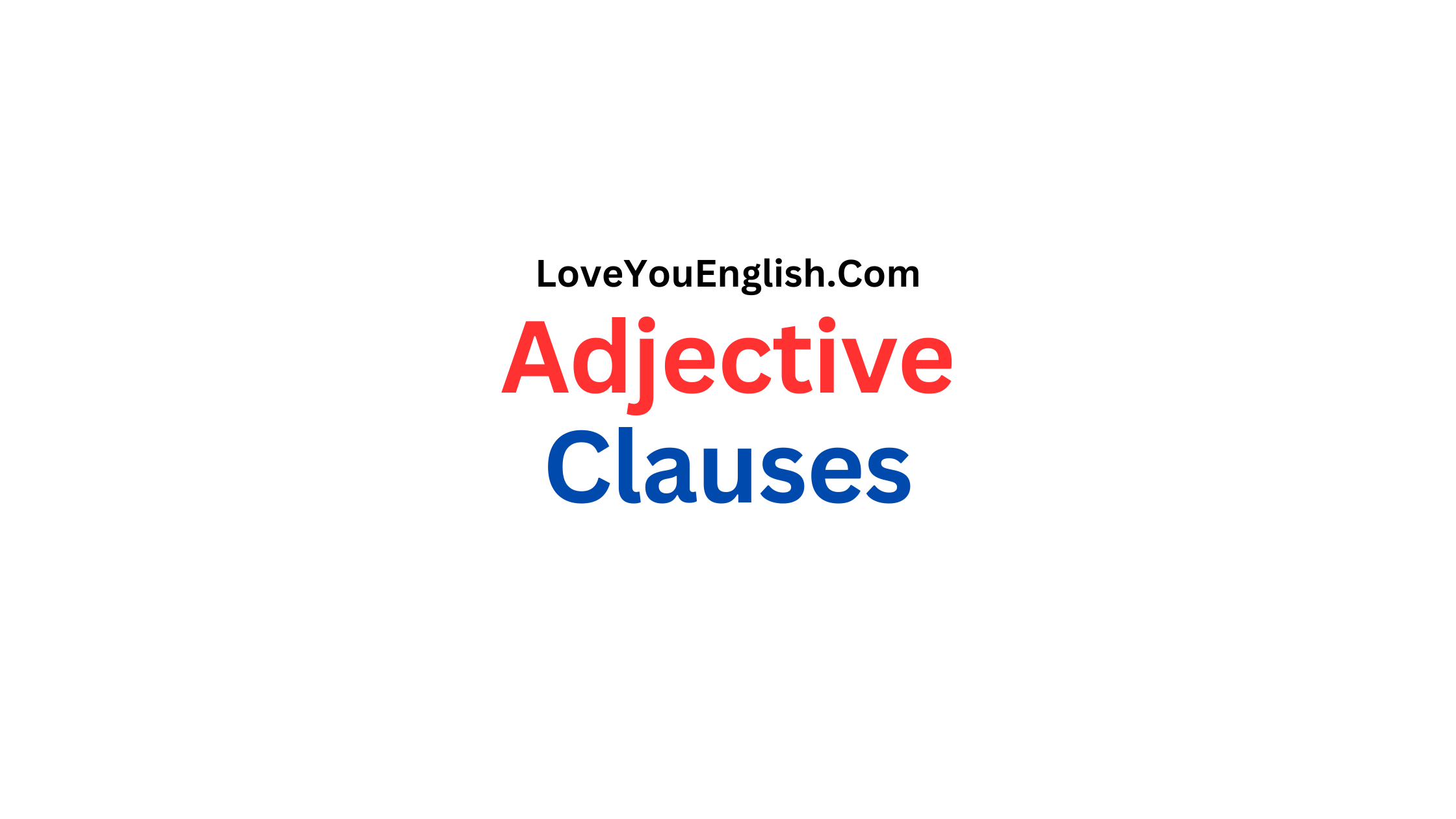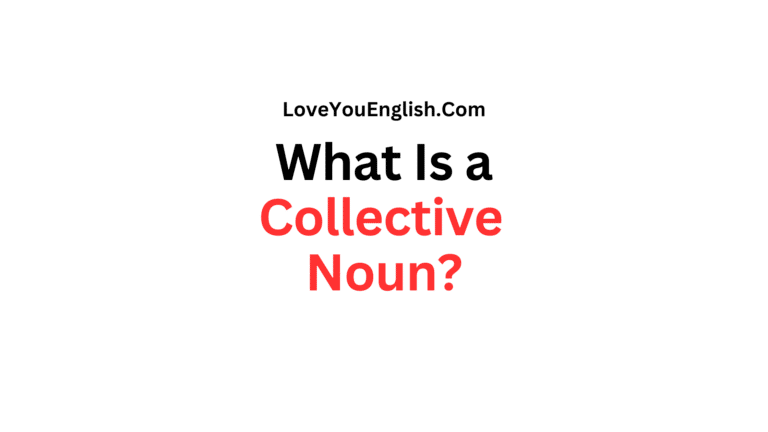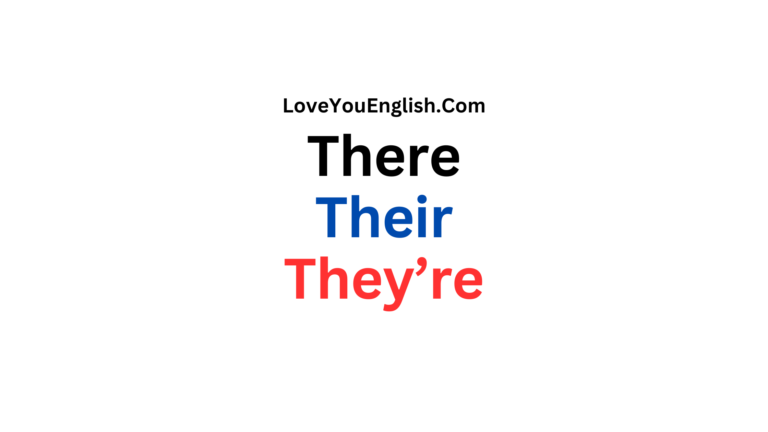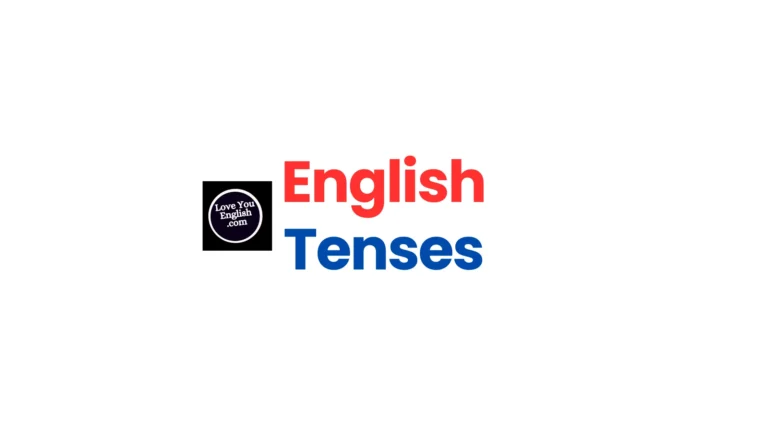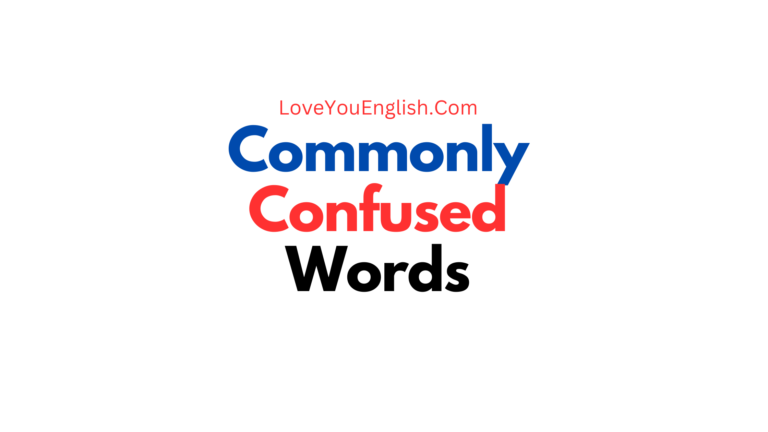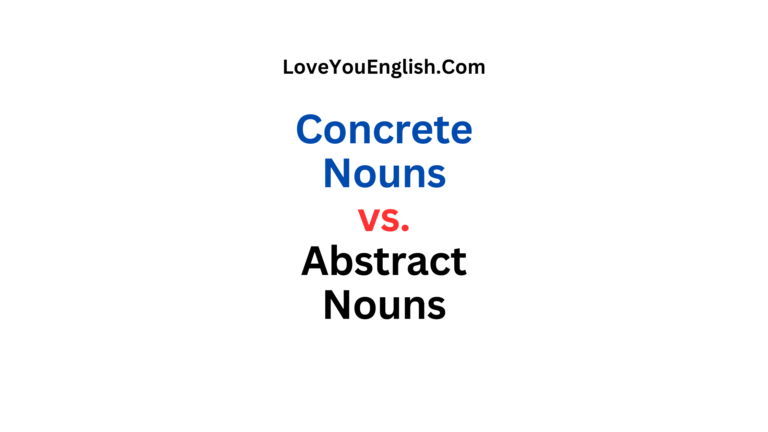How to Use Adjective Clauses: A Comprehensive Guide
How to Use Adjective Clauses: A Comprehensive Guide
Adjective clauses are super important in English grammar because they can make your writing more interesting and clearer.
Whether you’re a student trying to get better at writing essays, a professional wanting to improve your business communication, or just someone who wants to express themselves better, knowing about adjective clauses is really helpful.
In this post, we’ll talk about what adjective clauses are, how they work, and how you can use them well in your writing and speaking.
What Are Adjective Clauses?
An adjective clause, which is also called a relative clause, is a part of a sentence that gives more details about a noun or pronoun.
It works like an adjective by describing the noun or pronoun, but it’s a bit more complicated.
Adjective clauses usually start with words like who, whom, whose, which, that, when, where, or why.
For example:
- The book, which I bought yesterday, is fascinating.
- The woman who lives next door is a famous chef.
In these sentences, “which I bought yesterday” and “who lives next door” are adjective clauses that provide more information about “the book” and “the woman,” respectively.
Types of Adjective Clauses
There are two main types of adjective clauses:
Restrictive (Essential) Adjective Clauses: These clauses provide essential information that is necessary to understand the meaning of the sentence. They are not set off by commas.
Example: The students who completed their assignments will receive extra credit.
Non-restrictive (Non-essential) Adjective Clauses: These clauses provide additional, non-essential information. They are set off by commas.
Example: My brother, who lives in New York, is visiting next week.
Understanding the difference between these types is crucial for proper punctuation and conveying the intended meaning of your sentences.
Components of Adjective Clauses
To use adjective clauses effectively, it’s important to understand their components:
Relative Pronouns:
- Who: used for people
- Whom: used for people (object of the verb or preposition)
- Whose: used to show possession
- Which: used for things or animals
- That: used for people, animals, or things
Relative Adverbs:
Each of these components introduces the adjective clause and connects it to the noun or pronoun it modifies.
More grammar topics:
- Who vs. Whom: A Simple Guide
- Present Tense – Definition, Structure, Types, Rules and Examples
- Present Perfect Continuous Tense: What It Is and How to Use It
- 30 Common Prepositions in English Explained Simply
- How to Use the Future Simple in English
How to Form Adjective Clauses
Forming adjective clauses involves the following steps:
- Identify the noun or pronoun you want to modify.
- Choose the appropriate relative pronoun or adverb to introduce the clause.
- Add the additional information after the relative pronoun or adverb.
- Ensure the clause directly follows the noun or pronoun it modifies.
For example:
Original sentences: The car is red. It belongs to my neighbor.
Combined with adjective clause: The car that belongs to my neighbor is red.
Common Mistakes and How to Avoid Them
When using adjective clauses, be aware of these common pitfalls:
Misplaced Clauses: Ensure that the adjective clause immediately follows the noun or pronoun it modifies to avoid confusion.
Incorrect: I saw a dog walking down the street that had long fur.
Correct: I saw a dog that had long fur walking down the street.
Incorrect Relative Pronoun Usage: Use “who” for people and “which” for things. “That” can be used for both, but it’s generally preferred for things in formal writing.
Incorrect: The person which I met yesterday is a doctor.
Correct: The person who I met yesterday is a doctor.
Comma Misuse: Remember to use commas with non-restrictive clauses but not with restrictive clauses.
Incorrect: The book which I recommended is out of print.
Correct: The book, which I recommended, is out of print. (If the clause is non-restrictive)
Correct: The book that I recommended is out of print. (If the clause is restrictive)
Overuse of Adjective Clauses: While adjective clauses can add detail and clarity, overusing them can make your writing cumbersome. Use them judiciously to maintain readability.
Enhancing Your Writing with Adjective Clauses
Adjective clauses can significantly improve your writing in several ways:
Adding Specificity: They allow you to provide precise details about nouns or pronouns, making your writing more informative and clear.
Example: The restaurant, which specializes in authentic Italian cuisine, has received rave reviews.
Combining Sentences: Adjective clauses help you combine multiple short sentences into more complex, sophisticated ones, improving the flow of your writing.
Example:
Simple: The house is on the corner. It was built in 1920.
Combined: The house that was built in 1920 is on the corner.
Creating Variety: By using different types of adjective clauses, you can add variety to your sentence structures, making your writing more engaging.
Emphasizing Information: You can use adjective clauses to highlight certain aspects of a noun or pronoun, drawing the reader’s attention to specific details.
Example: The policy, which was implemented last year, has had a significant impact on employee satisfaction.
Advanced Techniques for Using Adjective Clauses
As you become more comfortable with basic adjective clauses, you can explore more advanced techniques:
Reduced Adjective Clauses: These are shortened forms of adjective clauses that use participles (present or past) instead of relative pronouns.
Full: The man who is standing at the corner is my uncle.
Reduced: The man standing at the corner is my uncle.
Multiple Adjective Clauses: You can use multiple adjective clauses to modify the same noun, providing layers of information.
Example: The book that I borrowed, which was written by a renowned historian, offers a unique perspective on ancient civilizations.
Adjective Clauses with Prepositions: Sometimes, the relative pronoun in an adjective clause can be the object of a preposition. In formal writing, the preposition typically comes before the relative pronoun.
Informal: The city that I grew up in has changed a lot. Formal: The city in which I grew up has changed a lot.
Using ‘Whose’ for Things: While ‘whose’ is typically used for people to show possession, it can also be used for things in certain contexts.
Example: We visited a castle whose history dates back to the 12th century.
Adjective Clauses in Different Writing Styles
The use of adjective clauses can vary depending on the type of writing you’re doing:
Academic Writing: In academic writing, adjective clauses are often used to provide precise definitions or clarifications. Non-restrictive clauses are common to add supplementary information.
Example: The experiment, which was conducted over a six-month period, yielded surprising results.
Creative Writing: In creative writing, adjective clauses can be used more liberally to add vivid details and create rich descriptions.
Example: The old house, whose windows were clouded with years of dust and whose paint peeled like sunburned skin, stood silently at the end of the lane.
Business Writing: In business contexts, adjective clauses should be used carefully to maintain clarity. They’re often employed to provide necessary qualifications or specifications.
Example: The proposal that was submitted last week has been approved by the board.
Journalistic Writing: Journalists often use adjective clauses to provide additional context or background information concisely.
Example: The senator, who has served three terms, announced her retirement yesterday.
Exercises to Improve Your Use of Adjective Clauses
To master the use of adjective clauses, practice is key. Here are some exercises you can try:
Sentence Combining: Take pairs of simple sentences and combine them using adjective clauses.
Example:
Simple: The movie was excellent. We saw it last night.
Combined: The movie that we saw last night was excellent.
Identifying Clauses: In a given text, identify all the adjective clauses and determine whether they are restrictive or non-restrictive.
Clause Reduction: Practice reducing full adjective clauses to their shortened forms where appropriate.
Error Correction: Identify and correct errors in sentences containing adjective clauses, focusing on pronoun usage, comma placement, and clause positioning.
Writing Paragraphs: Write short paragraphs on various topics, consciously incorporating different types of adjective clauses.
Adjective Clauses in Spoken English
While we’ve focused primarily on written English, adjective clauses are also common in spoken language.
However, there are some differences to note:
Informality: In spoken English, it’s more common to end sentences with prepositions in adjective clauses.
Spoken: “That’s the book I told you about.” Written formal: “That’s the book about which I told you.”
Omission of Relative Pronouns: In spoken English, relative pronouns are often omitted when they’re the object of the clause.
Spoken: “The movie we saw was great.” More formal: “The movie that we saw was great.”
Use of ‘That’: ‘That’ is more commonly used in speech, even when referring to people, whereas ‘who’ might be preferred in writing.
Spoken: “He’s the guy that lives next door.”
Written: “He’s the man who lives next door.”
Understanding these differences can help you communicate more naturally in spoken contexts while maintaining grammatical accuracy in your writing.
Common Questions About Adjective Clauses
As you learn more about using adjective clauses, you might have some questions:
Can an adjective clause change a pronoun?
Yes, adjective clauses can change pronouns, but it’s not as common as changing nouns.
For example: Those who arrived early got the best seats.
Do you always need to use a relative pronoun in an adjective clause?
No, in some cases, especially in spoken English or informal writing, you can leave out the relative pronoun if it’s the object of the clause.
For example: The book (that) I’m reading is fascinating.
Can an adjective clause be at the beginning of a sentence?
It’s possible, but not very common. Adjective clauses usually come after the noun or pronoun they’re changing. Not common: Whoever wants to join us is welcome. (This is actually a noun clause acting as the subject.)
How do you decide between ‘which’ and ‘that’?
‘Which’ is usually used for non-restrictive clauses (with commas), while ‘that’ is used for restrictive clauses (without commas).
However, ‘which’ can also be used in restrictive clauses, especially in British English.
Conclusion
Mastering how to use adjective clauses can really improve your writing and speaking skills.
These special grammar structures help you give more details and make your sentences more interesting.
By giving extra information about nouns and pronouns, adjective clauses help you make your sentences more informative and engaging.
-Adjective clauses change nouns or pronouns
-They can be necessary or not necessary
-They usually start with certain words
-It’s important to put them in the right place and use the correct punctuation
-They can help you combine sentences and make your writing more interesting
Just like with anything else in language, the key to getting better is to practice.
Try using adjective clauses in your writing and speaking every day and pay attention to how they’re used in what you read and hear.
Eventually, you’ll see that using adjective clauses will become natural, and you’ll be able to express yourself more clearly and elegantly.
Whether you’re writing an essay, a story, a report, or just talking to someone, knowing how to use adjective clauses will be really helpful.
So, keep practicing, stay curious about language, and see how your communication skills improve with the help of these important grammar tools.

